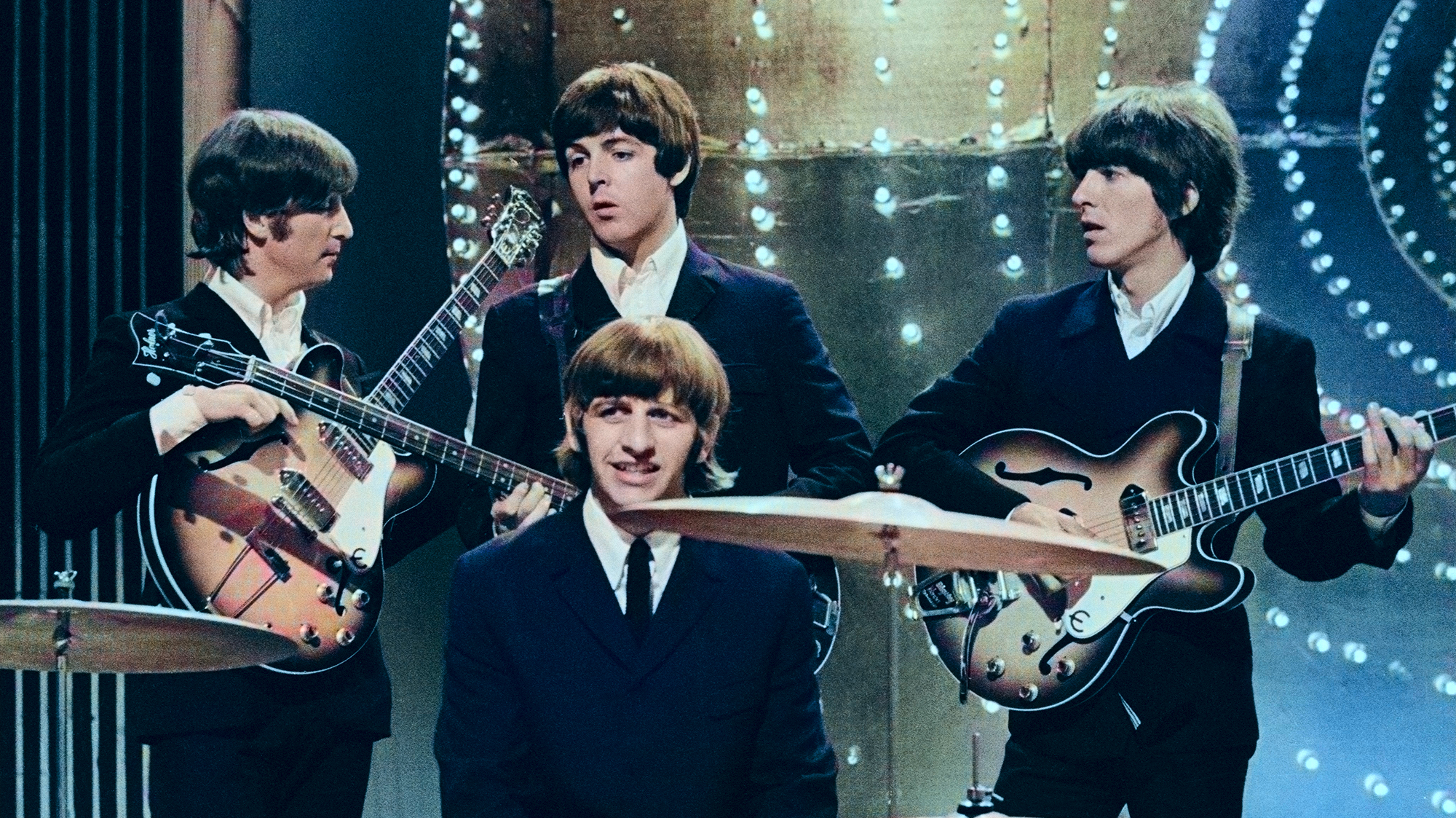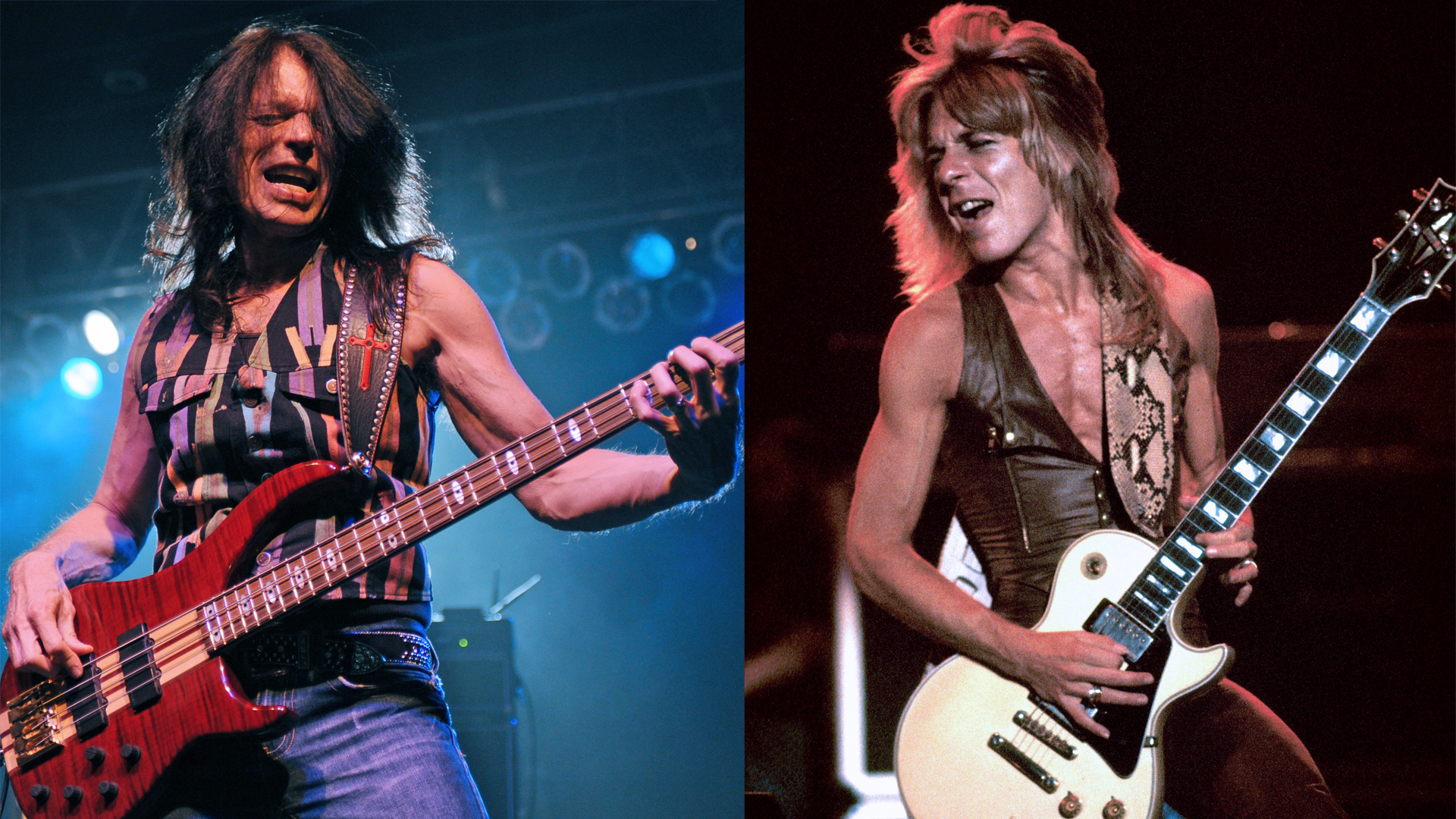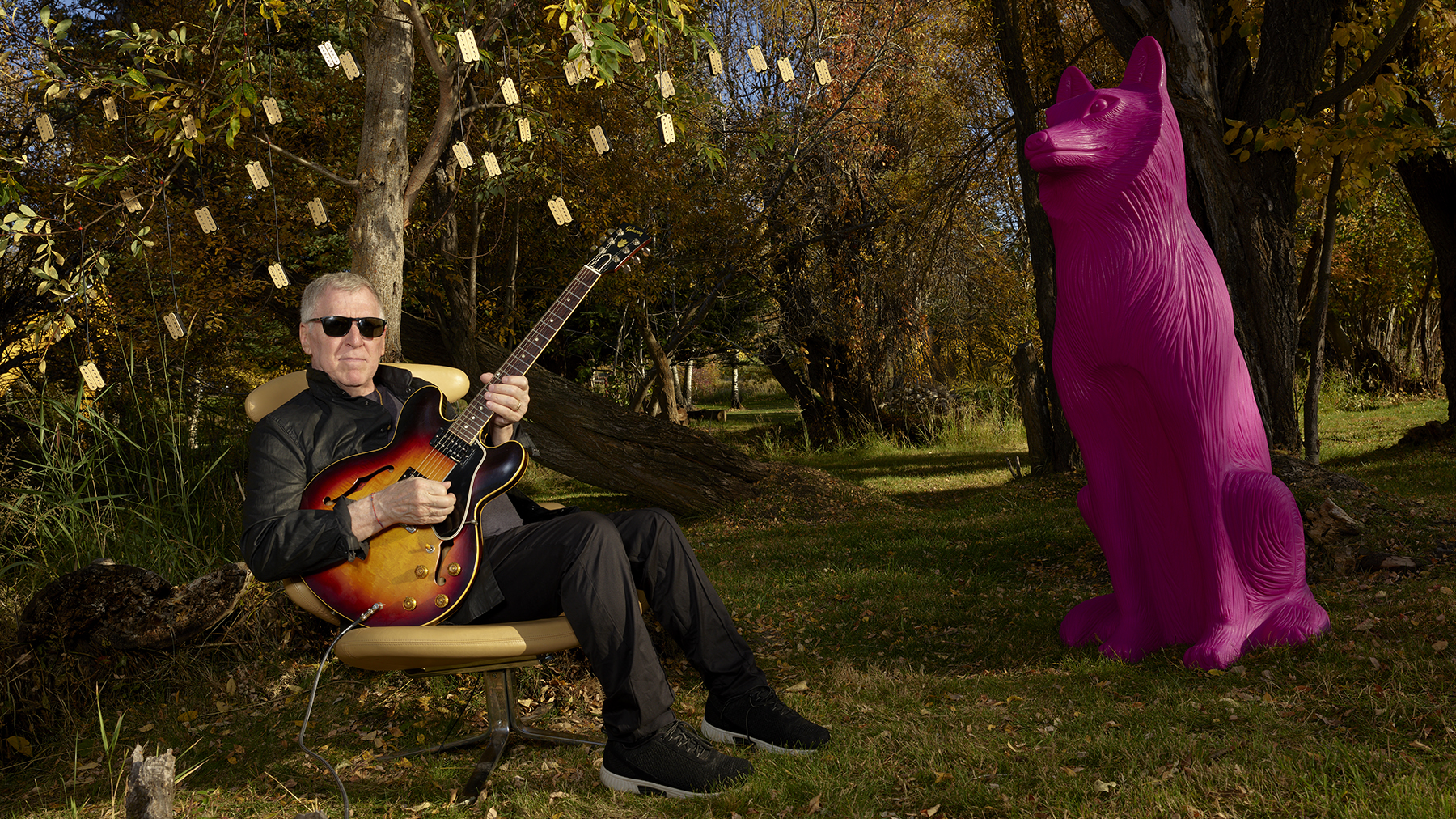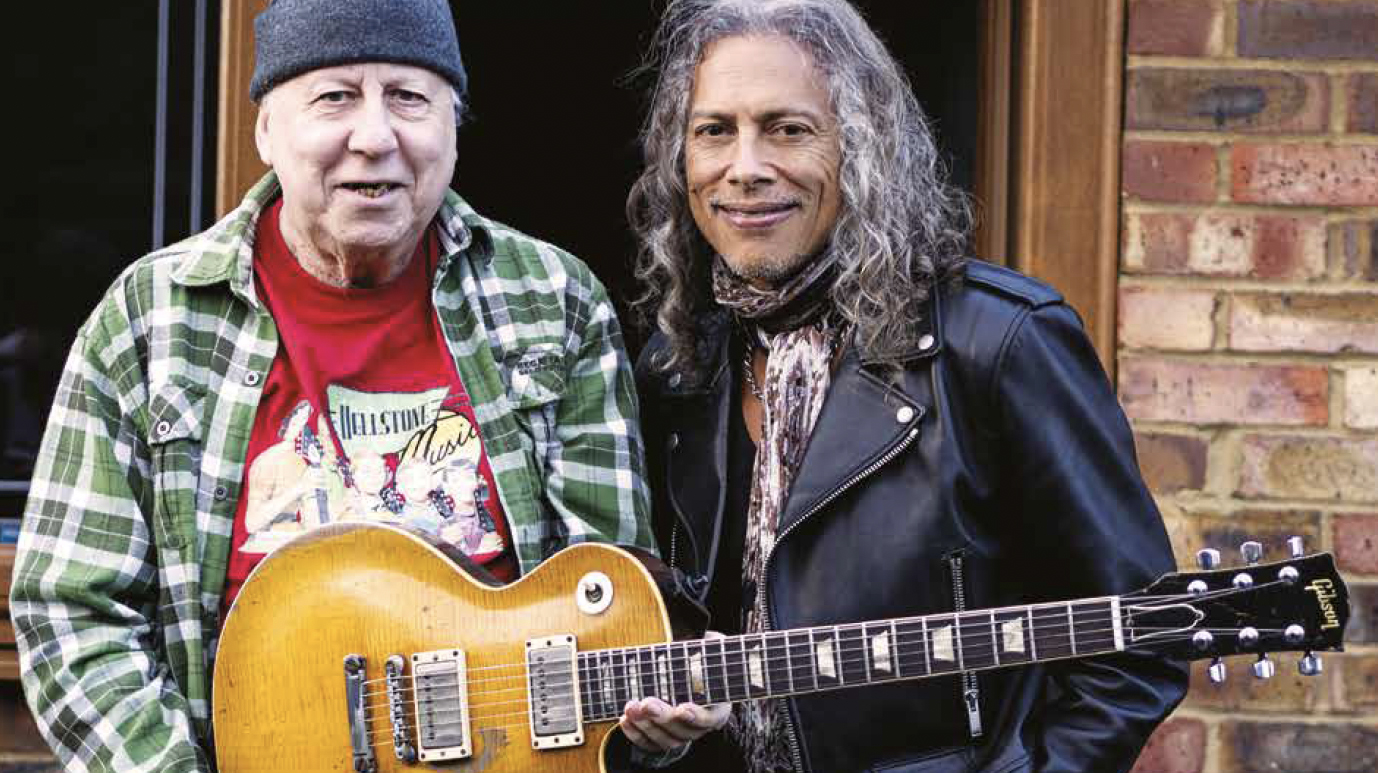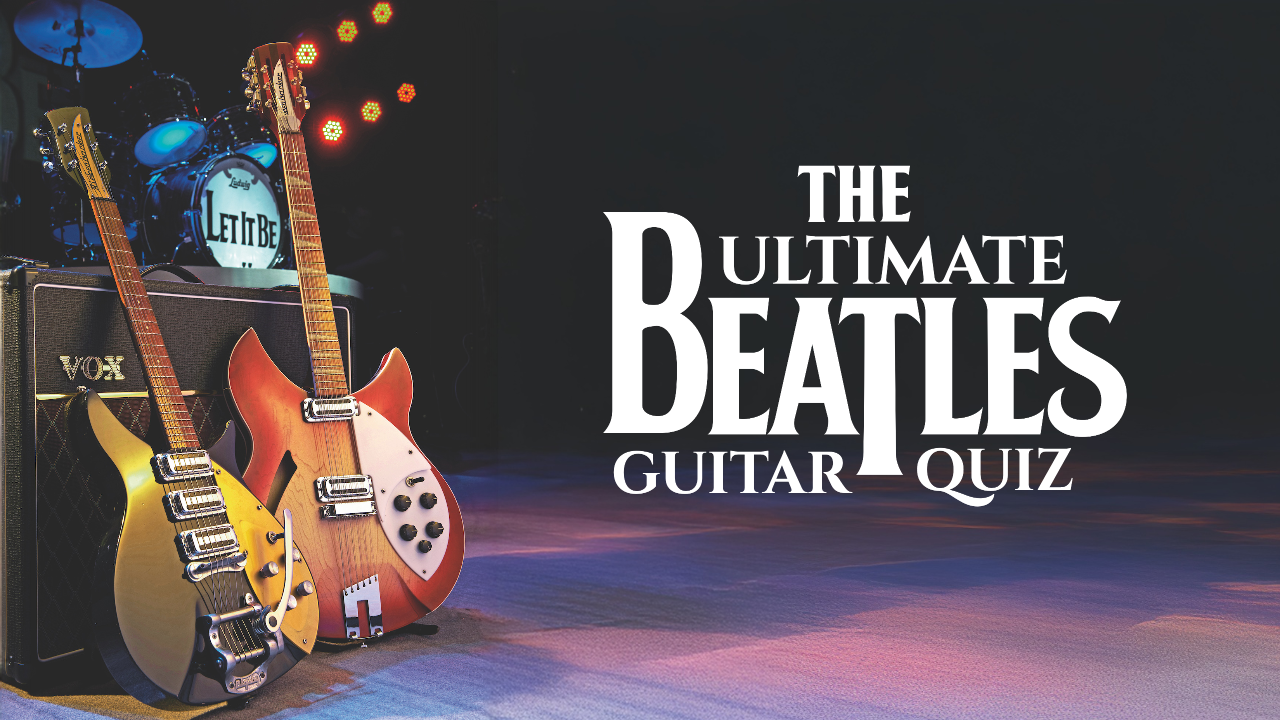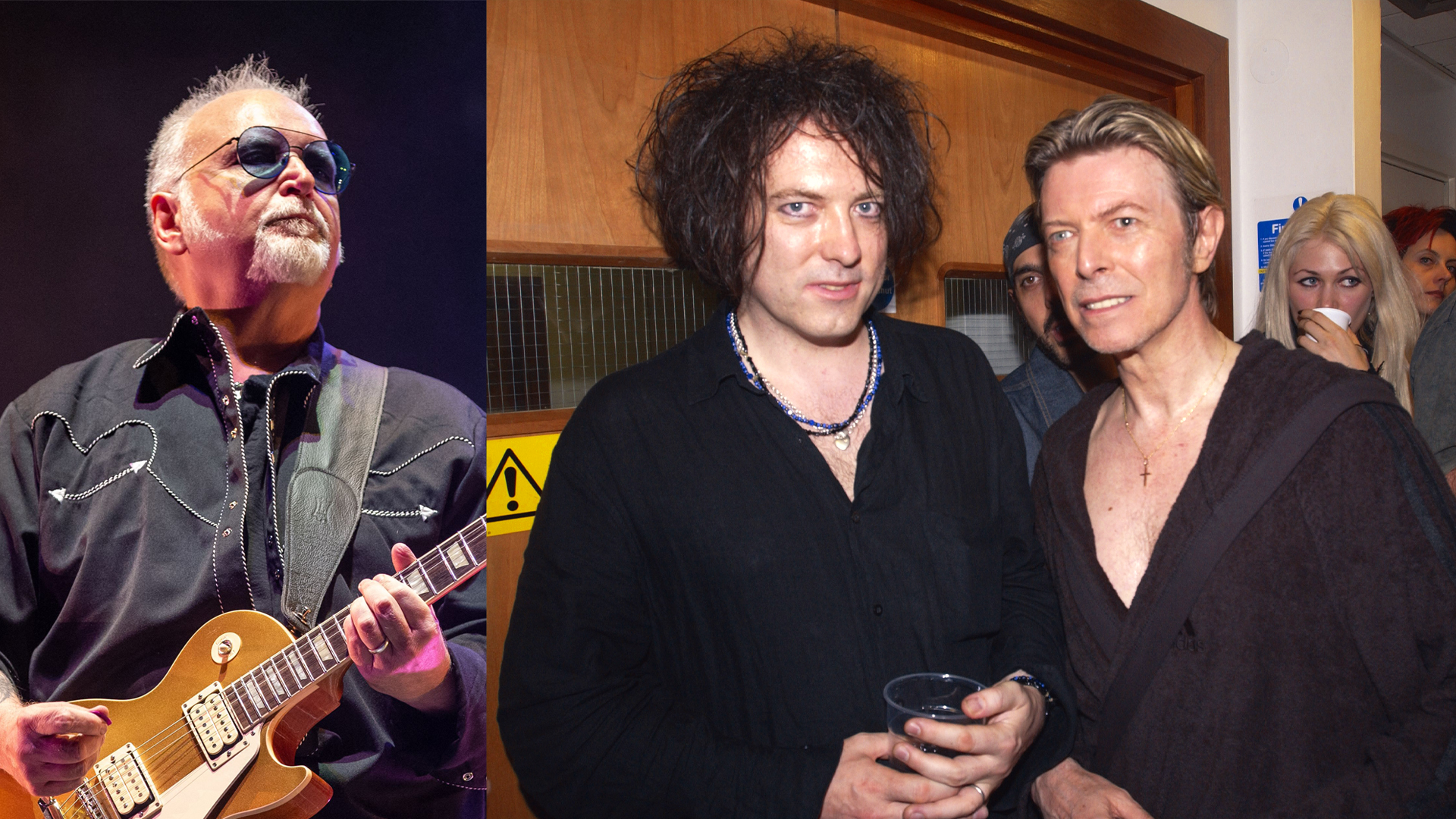Understanding the Basics of Electric Guitar Bridges
Fixed or vibrato, this brief guide should have you up to speed in under ten minutes.
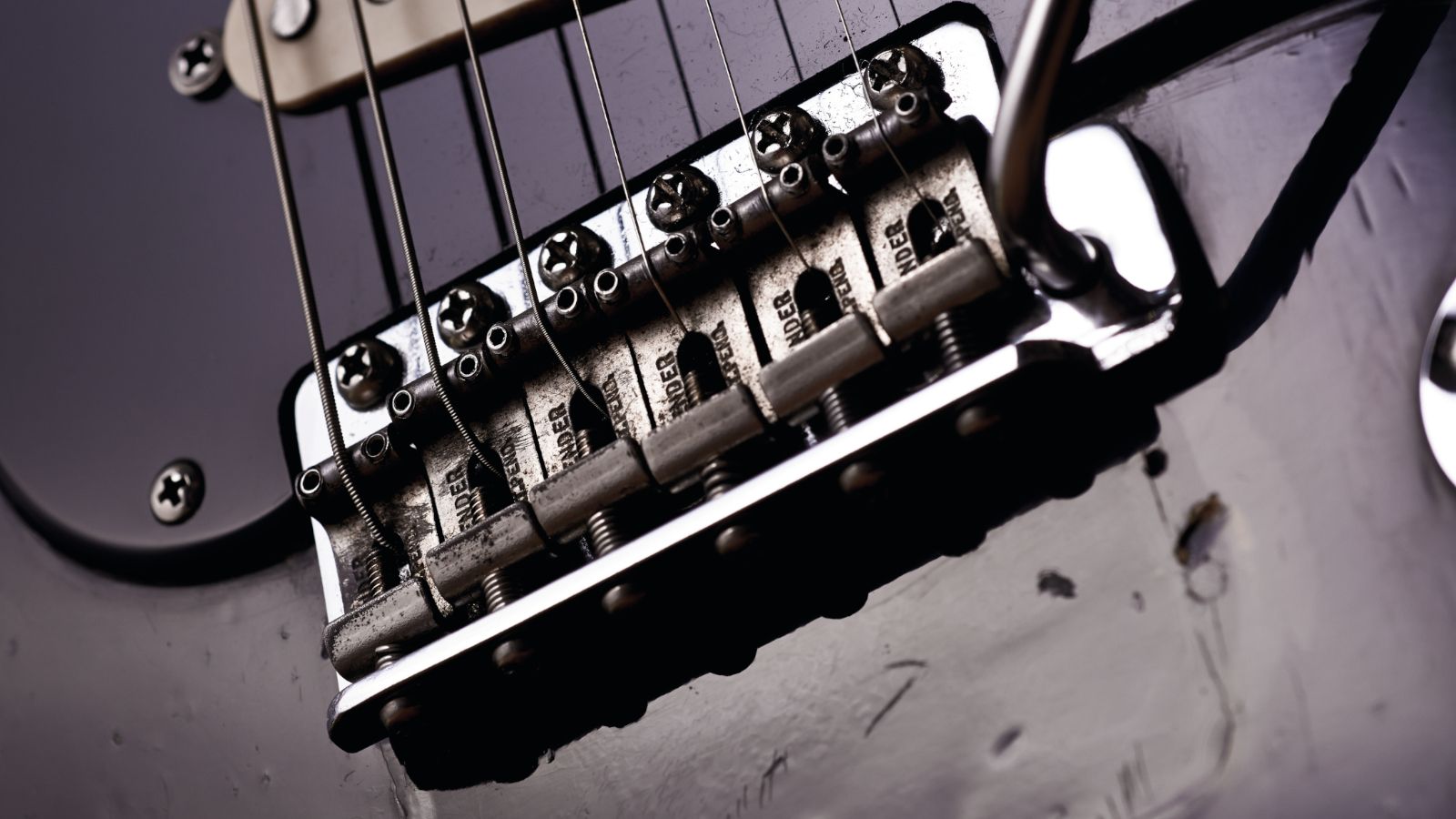
The bridge is a critical element in the tone chain: It couples the strings to the electric guitar.
The bridge's contact with the guitar's top determines how much string vibration transfers to the body.
Fixed (non-vibrato) bridges, which offer a greater contact area than vibrato units, allow more string vibration to pass directly into the body.
Consequently, guitars with a fixed bridge tend to sound deeper and more direct than similar instruments fitted with a vibrato bridge.
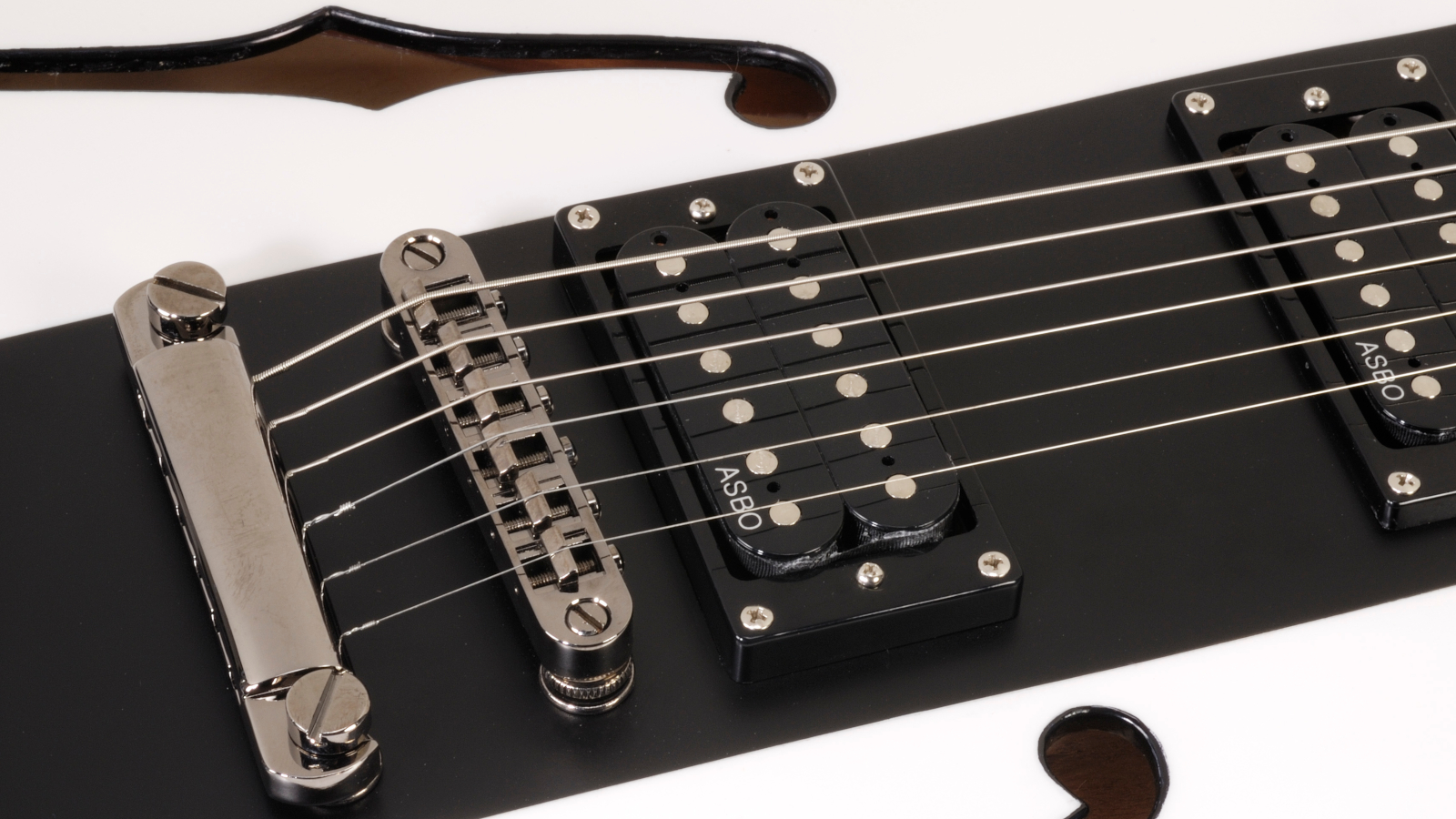
Vibrato bridges typically attach through posts or screws threaded into the body; this means string vibration transfers to the body through a very narrow contact area.
String tension pulls a double-locking vibrato bridge against its height-adjusting posts. Two small knife-edged pivots on the bridge provide the only transfer points for string vibration.
Replacing a standard vibrato with a double-locking system will alter the sound of a guitar
Dan Smith
"Replacing a standard vibrato with a double-locking system will alter the sound of a guitar," Fender legend Dan Smith once told us. "Locking the strings changes the tension. The guitar breathes differently, and that modifies the tone."
Get The Pick Newsletter
All the latest guitar news, interviews, lessons, reviews, deals and more, direct to your inbox!
When double-locking vibrato systems were introduced, repairmen retrofitted them to standard production guitars (see the scars on David Gilmour's "Black Strat" above.)
Unfortunately, many instruments sounded thin after being equipped with locking trems; the older guitars' wood and pickups did not complement the tonal characteristics of the hardware.
“The Rose tailpiece gets a thin sound,” remarked Eddie Van Halen in a Guitar Player interview.
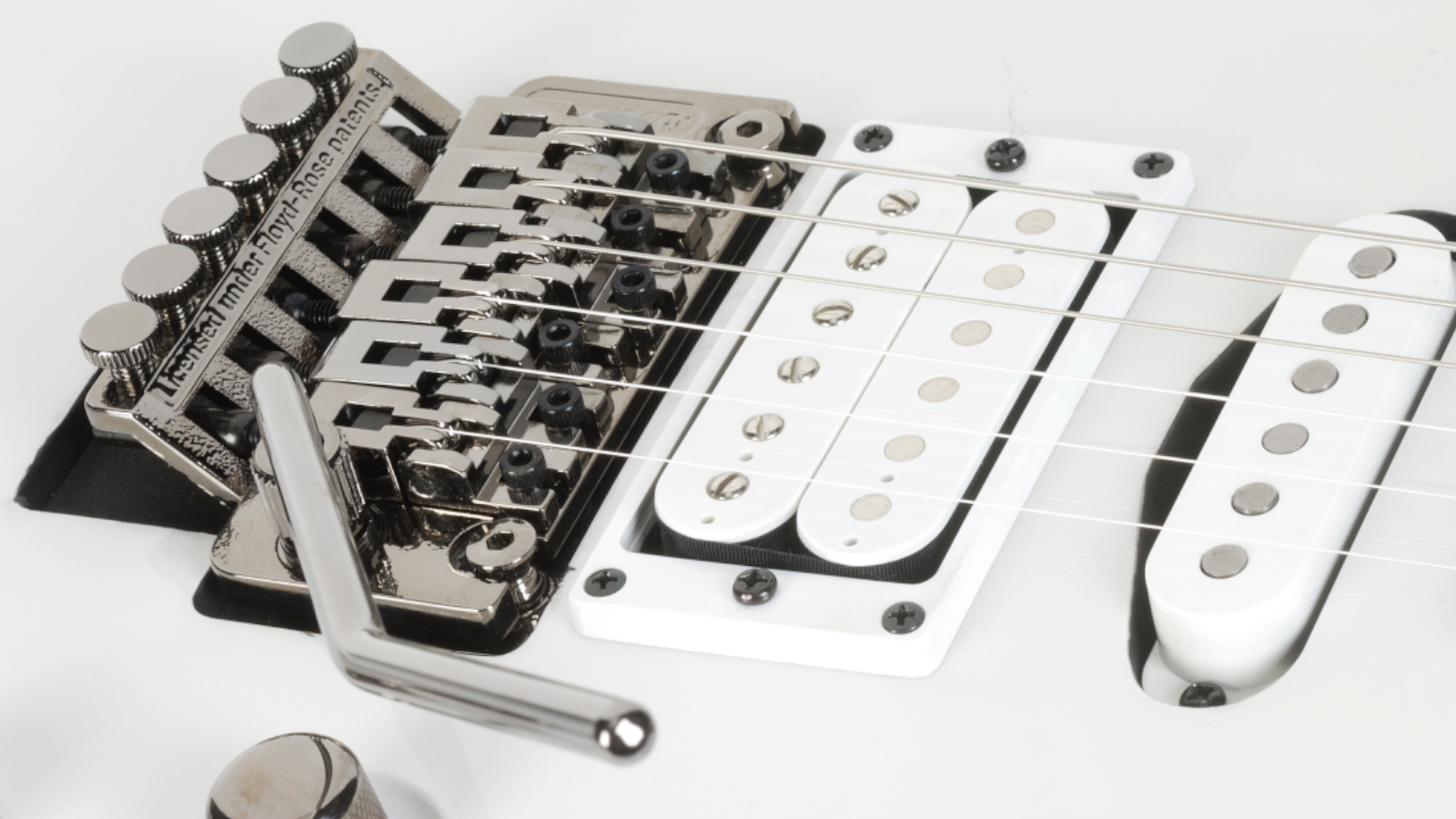
Today, guitar makers like EVH carefully consider wood and pickup combinations to produce locking vibrato-equipped instruments with better tonal balance.
The metals used in bridge components contribute to the guitar's sonic personality.
As a rule, solid bridges sound better
Roger Sadowsky
For example, a die-cast zinc bridge, made by pouring molten metal into a mold, sounds distinctly different from a solid-steel unit milled from a single piece of metal.
"It definitely produces an audible difference," renowned guitar builder Roger Sadowsky told us. "As a rule, solid bridges sound better."
Brass, often considered a "tone sink" that robs the string of energy, was once a material of choice – particularly during the ‘70s and ‘80s – though '50s Blackguard Tele-style brass saddles have made a comeback.
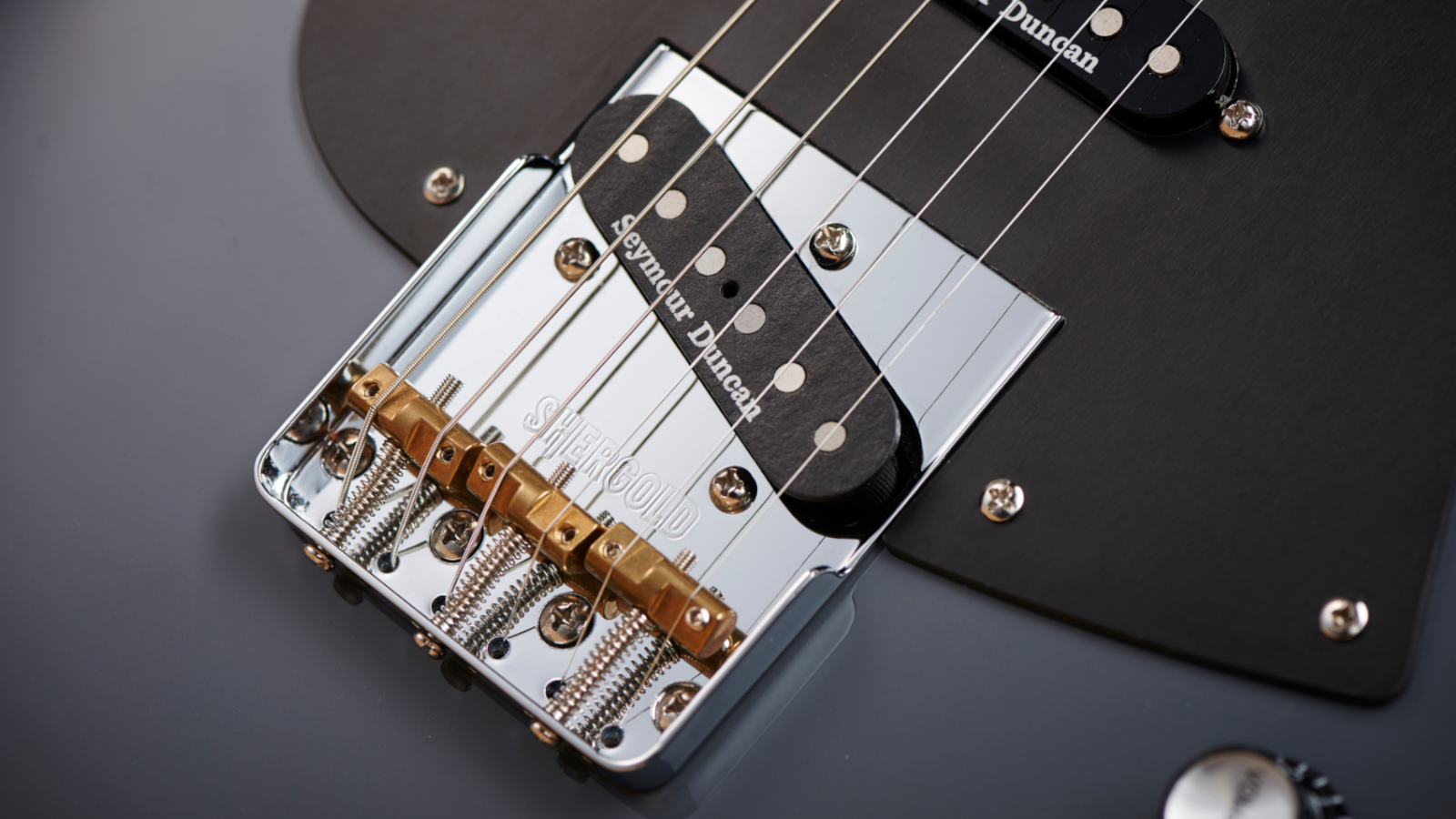
Vibrato bridges typically incorporate a block of metal beneath their base plate; this is called an inertia block, or sustain block. It filters the raw string vibration before passing it on to the body.
I believe an aluminum block usually allows more frequencies to go through unaltered
Trev Wilkinson
"Whether it's made of steel or aluminum it affects the guitar's tone," remarked electric guitar designer Trev Wilkinson.
"Conventional wisdom states that steel transmits string vibration with the least added coloration. I believe an aluminum block usually allows more frequencies to go through unaltered."
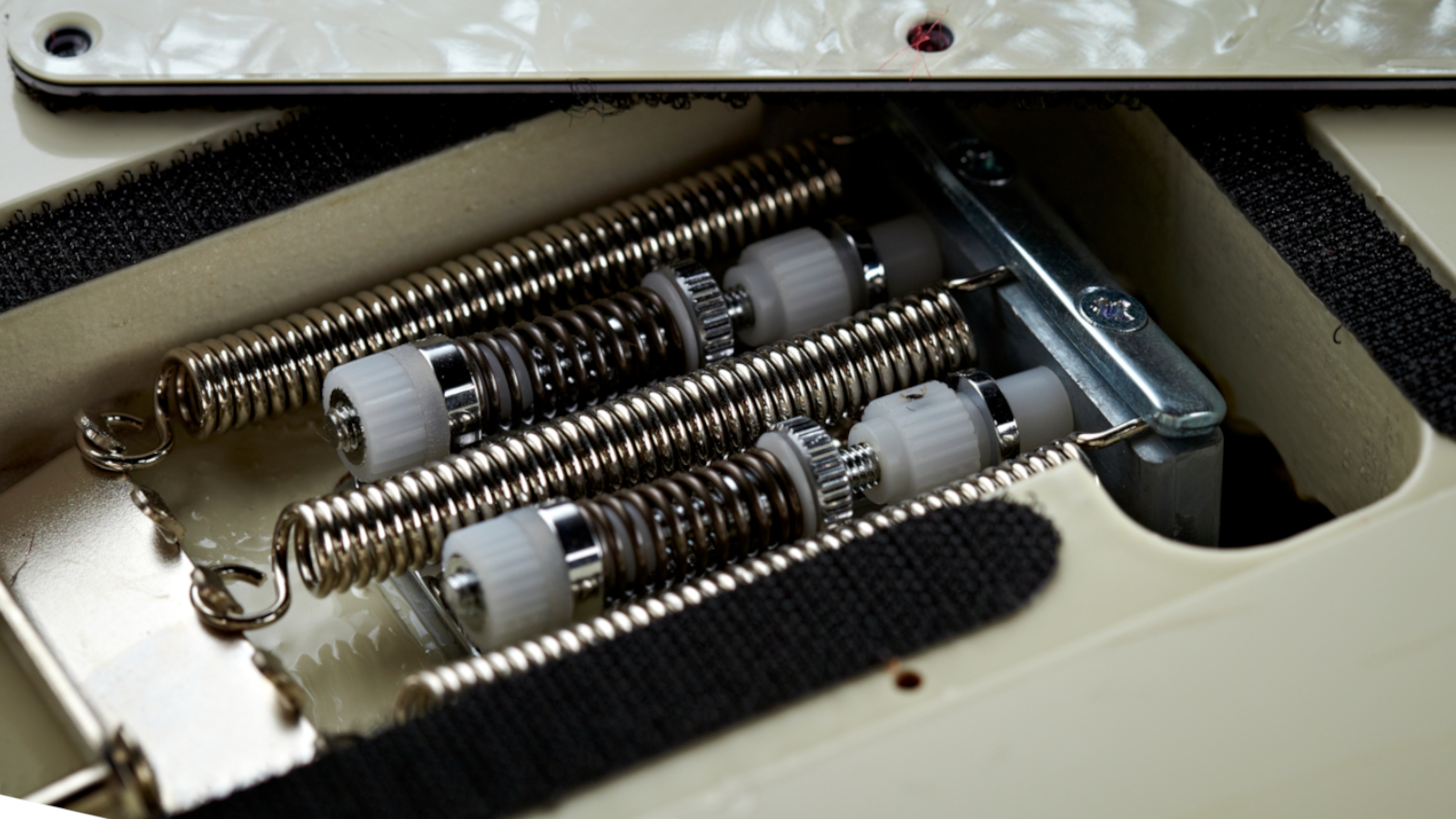
Down-pressure applied by the electric guitar strings to the bridge saddles influences tone and sustain.
Typically, the greater the down-pressure, the greater the sustain.
"Different methods of attaching strings produce varying degrees of down-pressure," Wilkinson continues. "Locking bridges offer relatively little down-pressure. Through-body or through-block string designs exert greater force over the intonation point."
Rod Brakes is a music journalist with an expertise in guitars. Having spent many years at the coalface as a guitar dealer and tech, Rod's more recent work as a writer covering artists, industry pros and gear includes contributions for leading publications and websites such as Guitarist, Total Guitar, Guitar World, Guitar Player and MusicRadar in addition to specialist music books, blogs and social media. He is also a lifelong musician.
Guitar Center's Guitar-A-Thon is back, and it includes a colossal $600 off a Gibson Les Paul, $180 off a Fender Strat, and a slew of new exclusive models
"We tried every guitar for weeks, and nothing would fit. And then, one day, we pulled this out." Mike Campbell on his "Red Dog" Telecaster, the guitar behind Tom Petty & the Heartbreakers' "Refugee" and the focus of two new Fender tribute models

